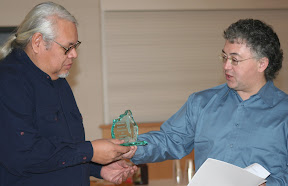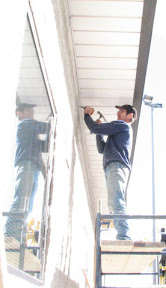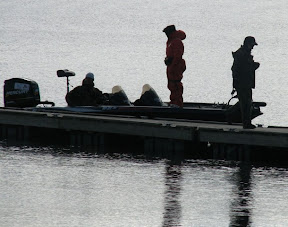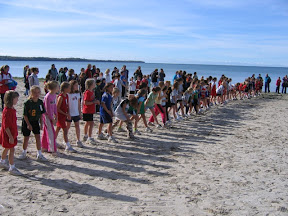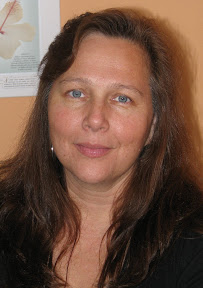
The TJC is currently being run through First nations Technical Institute with a satellite office maintained at the Tyendinaga Police Station. The TJC is an alternative to the current justice system, with a focus on youth from 12-17 years of age. The circle consists of community members who have taken the initiative to become involved. Not to be confused with the ‘Sentencing Circle”, the forum brings together victims, offenders and their supporters in a safe, controlled environment to discuss the offence and its effect and to jointly decide how to right the wrong that has been done. The Objective of the TJC is to return to a traditional form of justice. This process can be recognized as a proactive strategy to empower the community to regain their perspective roles of respect.
What is Restorative Justice
Restorative Justice can be seen as a set of principles which guide agencies and practitioners rather than a particular practice. It offers alternative ways of thinking about crime by emphasizing the harm crime does to the community, and how the community rather that the court system can respond to crime in more satisfactory ways. It may incorporate a variety of approaches, applied at various stages of the criminal justice process, i.e. Pre-charge and post charge cases. Restorative justice places an emphasis on all those involved in an offense – victims, offenders and the community – and seeks to reconcile, restore and repair relationships and situations.
Indigenous Perspective
In First Nations community justice projects, communities develop their own models that in varying degrees incorporate the traditional, spiritual and cultural practices that will best serve their specific community needs based on their cultural understanding of justice concepts. They embody traditional practices associated with first Nations justice appropriate to each community. Offending behavior is viewed in the context of both contemporary and historic circumstances that include the inter-generational affects of attendance at residential schools and impact of colonialism in respect to traditional Indigenous practices. Depending on the particular circumstances and community practices, aspects of spiritual ceremonies may or may not be incorporated into a community justice process.
Contact Numbers
Office located at First Nations Technical Institute 613-396-2122 ext 123
Tyendinaga Police Dept. 613-967-3888
